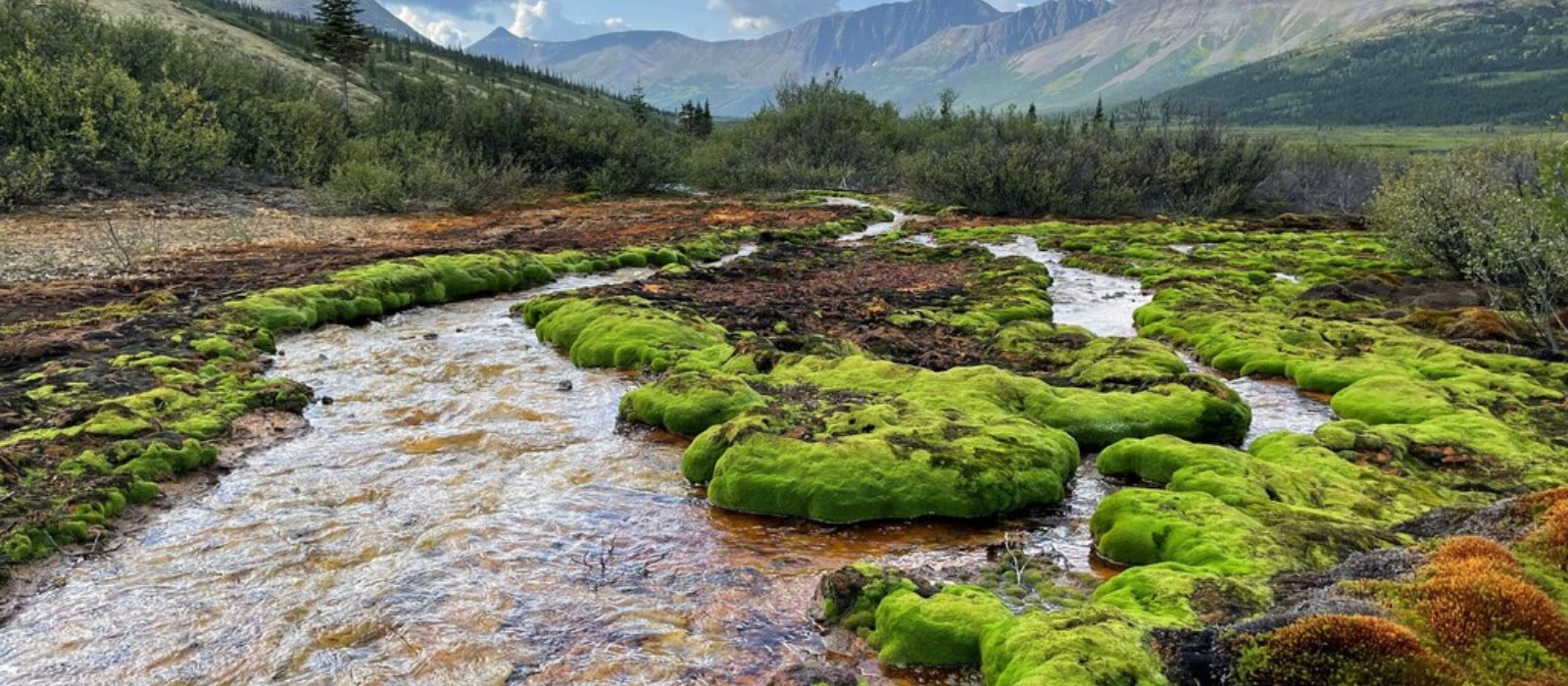Find a better way: Managing climate risks
Mining executives and owners need to take a broader view of climate risks if they hope to adapt to the new environmental reality.

Around the world, governments, companies and individuals are setting aggressive targets for carbon emissions reductions. Rightfully so; it will take significant effort and collaboration to reduce greenhouse gas emissions to the ‘net-zero’ level envisioned in the Paris Climate Agreement. Ambitious goals and clear targets are needed to get there.
Yet the drive to ‘net-zero’ focuses on only one part of the climate equation – mitigation. Much less focus and attention has been placed on adaptation. What’s the difference? Mitigation is all about avoiding and reducing the emission of heat-trapping greenhouse gases into the atmosphere to reduce the severity of future impacts of climate change; adaptation is all about strategies to cope, or to alter activities, to better suit the impacts of climate change. And there will certainly be impacts.
No alternative but to adapt
Consider this: The Paris Agreement hopes to keep global warming down to 1.5 oC above pre-industrial levels. Yet recent research suggests that ‘success’ will still mean a 40 cm sea level rise, 5% heavier rainfall and almost 10% lower freshwater availability in some regions (IPCC, 2022). If your business relies on water or shipping (as mining and mineral extraction invariably does), you need to start adapting to the new reality.
For mining companies, adaptation is critical. Mines tend to have relatively long lifespans and complicated life cycles. They use a significant amount of water in development and operations. They are often located in remote places with challenging climates. They are highly regulated, particularly around environmental impact. For the mining industry in particular, climate change adaptation is smart business.
To be fair, many mining companies already conduct climate risk assessments on their projects and assets. These tend to do a good job picking up many of the direct climate impacts on those assets inside the mine fence. Where they fall short, however, is in understanding the socio-ecological system and the climate risks that often sit right outside that fence. A holistic perspective is required, connecting the potential climate risk both upstream and downstream from the site.
A broader view of climate risk
We were recently engaged by a global mining major. They wanted to understand the impact of climate change – rising water levels in particular – on their port and desalinisation operations. No problem. What they hadn’t considered, however, was that the sea water would also increase in temperature, which would change the marine ecosystem and cause fluctuations in artisanal fisheries, increasing environmental and social risk. There is also the potential for an increase of algae blooms, which would not only cause problems for shipping, but could also severely impact the production of the desalinisation plant. New and creative adaptation plans would be required.
Working with another mining major, we noted that rising temperatures were changing the local flora and fauna; plants considered native today may not be sustainable in the future. And that had a direct impact on the mine closure plans they would submit to regulators and authorities. The mining major realised that climate-related impacts on habitat ranges and environmental niches could cause a chain-reaction leading to, for example, potential water pollution due to increasing erosion. Or, perhaps, negative impacts on the local community’s socio-economic transition plans during the mine closure stage. Planning for this consideration would be key.
A more informed decision
We believe there is a better way for mining companies to manage their climate risk. It starts with a robust climate risk assessment that considers the broader socio-ecological interdependencies across the value chain and the local ecosystem or watershed.
The key is to employ a multidisciplinary team that brings the project engineers together with biologists, ecologists, marine scientists, environmental engineers, social experts, and others who understand the complex interdependencies of your environment. It’s about getting a 360o view of your risks from experienced and knowledgeable professionals so that you can make informed decisions about your adaptation strategy.
The next step is to develop that strategy. This may take some innovative and creative thinking from your project managers, climate risk management team and engineers. The owners of that desalinisation plant, for example, may consider using online telemetric sensors to warn when conditions are getting ripe for an algae bloom, allowing them to store more water in preparation. They may want to explore alternative technologies or sources of water. Or they may want to invest into researching desalinisation membranes that are more resistant to algae. An open mind to new ideas is important.
Finding a better way
When it comes to climate risk adaptation, a holistic view is critical. That is why an end-to-end, multi-disciplinary approach to adapt to climate change risks is so important. From conducting socio-ecological climate risk assessments and developing adaptation strategies through to integrating and implementing adaptation measures on site, it is critical to think holistically about your climate risks across the mine life cycle, so that practical solutions can be devised to help solve them.
Reference
IPCC, 2022: Climate Change 2022: Impacts, Adaptation, and Vulnerability. Contribution of Working Group II to the Sixth Assessment Report of the Intergovernmental Panel on Climate Change [H.-O. Pörtner, D.C. Roberts, M. Tignor, E.S. Poloczanska, K. Mintenbeck, A. Alegría, M. Craig, S. Langsdorf, S. Löschke, V. Möller, A. Okem, B. Rama (eds.)]. Cambridge University Press. Cambridge University Press, Cambridge, UK and New York, NY, USA
For more information on Ausenco, visit our website or contact us.